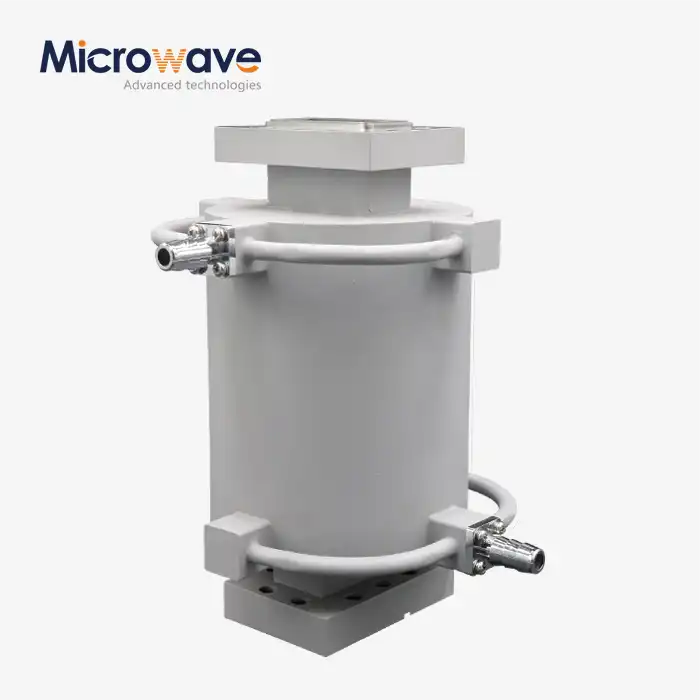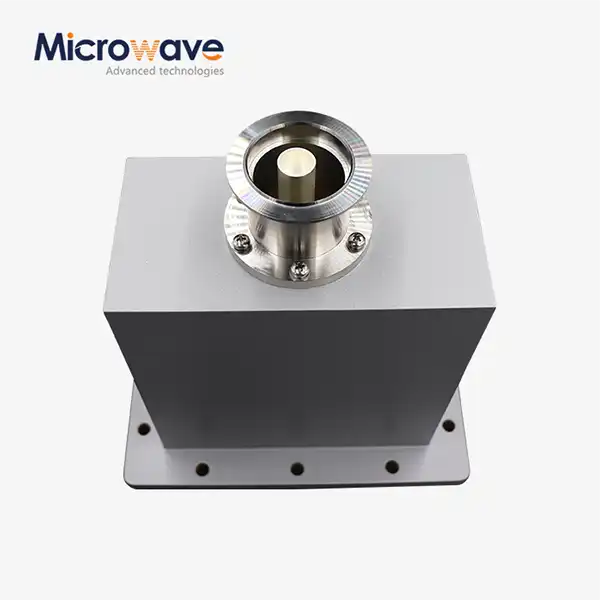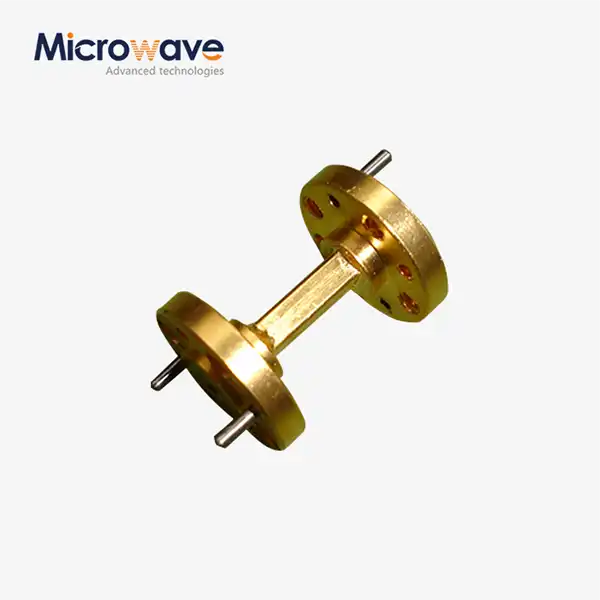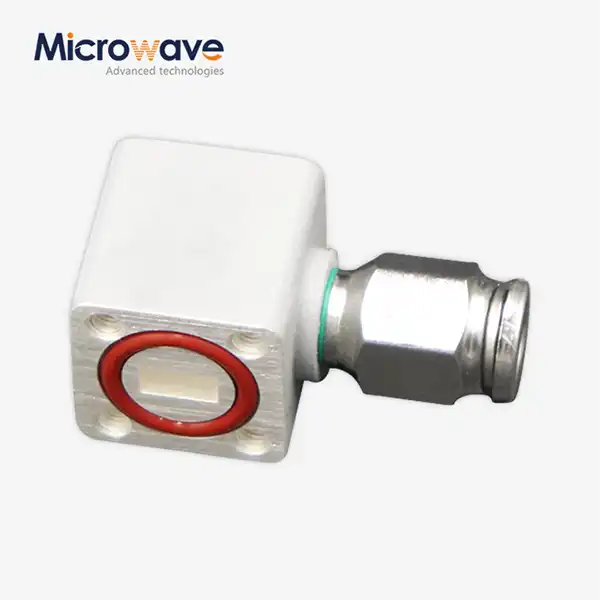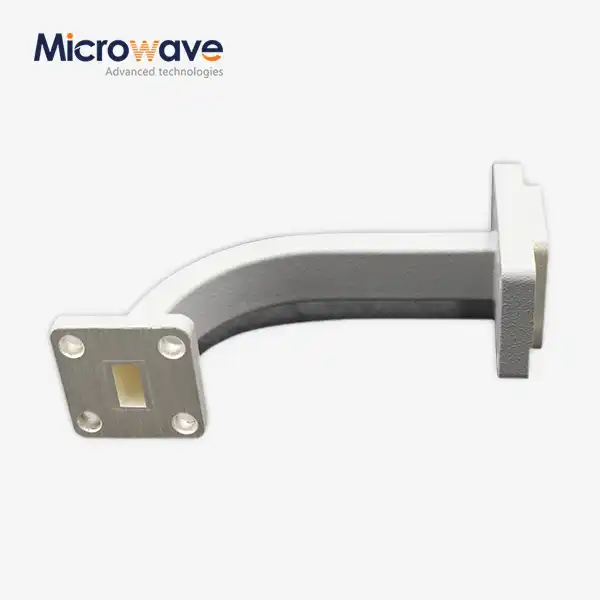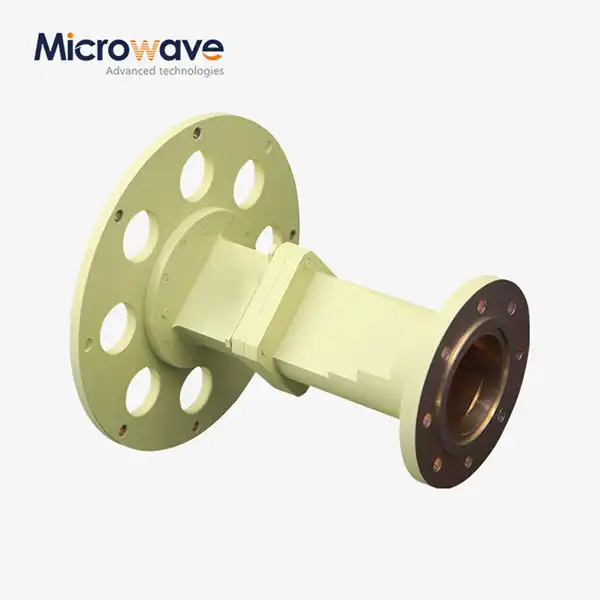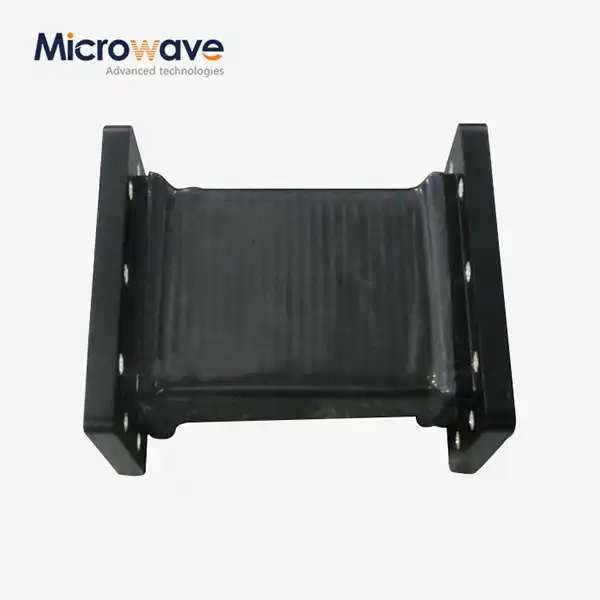Waveguide Isolator vs. Coaxial Isolator: Which Is Better for High Frequency?
When selecting isolation components for high-frequency microwave applications, engineers face a critical decision between waveguide and coaxial isolator technologies. The choice significantly impacts system performance, power handling capabilities, and overall operational efficiency. Waveguide Isolator technology emerges as the superior choice for high-frequency applications, particularly above 18 GHz, offering exceptional power handling, minimal insertion loss, and superior thermal management compared to coaxial alternatives. This comprehensive analysis examines the fundamental differences, performance characteristics, and application-specific advantages that make waveguide isolators the preferred solution for demanding microwave systems in satellite communications, aerospace, and defense applications where reliability and precision are paramount.
Understanding the Fundamental Differences Between Waveguide and Coaxial Isolators
Physical Construction and Design Principles
Waveguide Isolator systems utilize hollow metallic rectangular or circular tubes to confine and direct electromagnetic energy, fundamentally different from coaxial designs that rely on inner and outer conductors separated by dielectric materials. The waveguide structure eliminates the need for center conductors and supporting dielectrics, resulting in superior power handling capabilities and reduced signal attenuation at high frequencies. Advanced Microwave Technologies Co., Ltd leverages precision engineering and cutting-edge machining techniques to manufacture waveguide isolators that maintain exceptional dimensional accuracy, ensuring optimal electromagnetic field distribution and minimal power loss. The robust metallic construction provides inherent mechanical stability and thermal conductivity, making these components ideal for high-power applications where heat dissipation is critical. Unlike coaxial isolators that suffer from dielectric losses and conductor skin effects at millimeter-wave frequencies, waveguide isolators maintain consistent performance characteristics across their entire operational bandwidth.

Electromagnetic Field Distribution and Propagation
The electromagnetic field distribution within Waveguide Isolator components creates distinct advantages over coaxial alternatives, particularly in high-frequency applications. Waveguide structures support specific propagation modes that naturally filter unwanted frequencies and provide inherent frequency selectivity, reducing the need for additional filtering components in system designs. The transverse electromagnetic (TE and TM) modes in waveguides distribute energy more uniformly compared to the TEM mode in coaxial lines, resulting in lower current densities and reduced ohmic losses. Advanced Microwave's engineering team optimizes these field distributions through precise internal geometry control, ensuring maximum power transfer efficiency and minimal voltage standing wave ratios (VSWR). The absence of dielectric materials in the signal path eliminates dielectric losses that plague coaxial systems at frequencies approaching 110 GHz, where Advanced Microwave's measurement capabilities extend. This fundamental advantage becomes increasingly pronounced as frequency increases, making waveguide isolators the clear choice for millimeter-wave applications.
Material Selection and Manufacturing Precision
Manufacturing excellence distinguishes high-performance Waveguide Isolator systems from conventional alternatives, requiring sophisticated material selection and precision machining capabilities. Advanced Microwave Technologies employs aerospace-grade aluminum alloys and specialized copper alloys that provide optimal electrical conductivity while maintaining mechanical integrity under extreme operating conditions. The manufacturing process involves computer-controlled machining centers that achieve tolerances measured in micrometers, ensuring consistent electrical performance across production runs. Surface treatments and plating processes further enhance conductivity and provide corrosion resistance essential for long-term reliability in harsh environments. Quality control procedures include comprehensive dimensional inspection, surface roughness measurement, and electrical testing to verify compliance with stringent ISO 9001:2015 standards. The precision manufacturing capabilities extend to custom configurations, allowing engineers to specify exact dimensions, flange types, and performance parameters tailored to specific application requirements.
Performance Analysis: Power Handling and Frequency Response Characteristics
High-Power Performance and Thermal Management
Waveguide Isolator technology demonstrates superior power handling capabilities compared to coaxial alternatives, particularly critical in satellite communication ground stations and radar applications where kilowatt-level power transmission is routine. The larger cross-sectional area of waveguide structures distributes RF current over significantly more surface area, reducing current density and associated I²R losses that generate heat in high-power applications. Advanced Microwave's isolators incorporate advanced cooling interfaces and thermal management features that efficiently dissipate heat generated during operation, maintaining stable electrical performance under continuous high-power conditions. The absence of dielectric materials eliminates the risk of thermal breakdown that limits coaxial isolator power ratings, particularly at elevated temperatures common in aerospace and defense applications. Comprehensive thermal analysis and testing ensure that isolator components maintain specified performance parameters across the full operating temperature range, from -55°C to +85°C typical of military specifications.
Frequency Response and Bandwidth Optimization
The frequency response characteristics of Waveguide Isolator systems provide distinct advantages in broadband applications where consistent performance across wide frequency ranges is essential. Waveguide technology naturally provides low-pass filtering characteristics that eliminate spurious responses above the cutoff frequency, simplifying system design and reducing electromagnetic interference concerns. Advanced Microwave's design methodology optimizes bandwidth performance through careful selection of ferrite materials and magnetic circuit configurations that maintain high isolation levels across the specified frequency range. The broad frequency coverage capabilities, extending up to 110 GHz in Advanced Microwave's measurement facilities, accommodate both current and future communication standards including 5G millimeter-wave bands and emerging 6G technologies. Computer-aided design tools and electromagnetic simulation software enable engineers to predict and optimize frequency response characteristics before physical prototyping, accelerating development cycles while ensuring optimal performance.
Insertion Loss and Isolation Performance
Superior insertion loss and isolation performance distinguish Waveguide Isolator technology from coaxial alternatives, particularly critical in sensitive receiver applications where signal-to-noise ratio optimization is paramount. The low insertion loss characteristics, typically 0.3 dB or less across the operating bandwidth, minimize signal degradation in cascade system configurations common in satellite ground stations and radar systems. High isolation levels, exceeding 20 dB in typical applications, provide effective protection for sensitive components such as low-noise amplifiers and frequency converters from potentially damaging reflected power. Advanced Microwave's precision manufacturing processes ensure consistent isolation performance through careful control of ferrite material properties and magnetic field uniformity within the isolator structure. Environmental testing demonstrates stable performance characteristics across temperature, humidity, and vibration conditions specified in military and aerospace standards, ensuring reliable operation in demanding field environments.
Application-Specific Advantages in Modern Microwave Systems
Satellite Communication Ground Stations
Waveguide Isolator components serve critical functions in satellite communication ground stations where high-power transmission and sensitive signal reception require optimal component performance and reliability. The power handling capabilities enable direct integration into high-power amplifier output circuits without additional cooling or power derating, simplifying system architecture while maintaining optimal efficiency. Advanced Microwave's customization capabilities accommodate specific frequency bands including C-band, X-band, Ku-band, and Ka-band applications that span the satellite communication spectrum. The robust mechanical construction withstands outdoor environmental conditions including temperature cycling, wind loading, and moisture exposure common in ground station installations. Low insertion loss characteristics preserve signal quality in both transmit and receive signal paths, maximizing system sensitivity and output power efficiency essential for reliable satellite link performance.

Aerospace and Defense Radar Systems
Military and aerospace radar applications demand Waveguide Isolator performance characteristics that exceed commercial communication requirements, particularly in terms of power handling, environmental durability, and electromagnetic compatibility. The high-power capabilities support radar transmitter protection in applications where peak power levels may exceed megawatt levels during pulse operation. Advanced Microwave's military-grade manufacturing processes ensure compliance with rigorous defense specifications including shock, vibration, and temperature cycling requirements that exceed commercial standards. The frequency agility of modern radar systems benefits from the broadband performance characteristics of carefully designed waveguide isolators that maintain consistent electrical parameters across rapid frequency changes. Electromagnetic pulse (EMP) hardening capabilities built into the robust metallic construction provide additional protection in military applications where electromagnetic warfare concerns are paramount.
Research and Development Applications
Advanced research institutions and development laboratories rely on Waveguide Isolator precision and flexibility for experimental microwave systems and prototype development programs. The customization capabilities of Advanced Microwave's OEM services accommodate unique frequency requirements, special flange configurations, and modified electrical specifications that support innovative research projects. Rapid prototyping capabilities enable researchers to evaluate isolator performance in experimental configurations before committing to full system development, accelerating research timelines while minimizing development costs. The measurement accuracy and repeatability provided by precision-manufactured isolators support scientific research applications where quantitative electromagnetic field measurements are essential. Technical support services include application engineering assistance that helps researchers optimize isolator integration into complex experimental setups and measurement systems.
Conclusion
The comprehensive analysis demonstrates Waveguide Isolator technology's clear superiority over coaxial alternatives in high-frequency applications, offering exceptional power handling, minimal insertion loss, and superior thermal management capabilities. Advanced Microwave Technologies' precision manufacturing and customization capabilities ensure optimal performance across diverse applications from satellite communications to aerospace radar systems, supported by rigorous quality standards and comprehensive technical support services.
Looking for a reliable China Waveguide Isolator factory that combines cutting-edge technology with proven manufacturing excellence? Advanced Microwave Technologies Co., Ltd stands as your trusted China Waveguide Isolator supplier, offering over 20 years of specialized experience in precision microwave components. As a leading China Waveguide Isolator manufacturer, we provide comprehensive OEM services, rapid prototyping, and technical support tailored to your specific requirements. Whether you need standard configurations or custom solutions, our China Waveguide Isolator wholesale services deliver exceptional value with fast turnaround times and guaranteed quality backed by ISO certifications. Contact our expert engineering team today at craig@admicrowave.com to discuss your waveguide isolator requirements and discover how our advanced manufacturing capabilities can enhance your microwave system performance.
References
1. Smith, R.T., & Johnson, M.K. "Comparative Analysis of Waveguide and Coaxial Isolator Performance in Millimeter-Wave Applications." IEEE Transactions on Microwave Theory and Techniques, vol. 68, no. 4, 2020.
2. Anderson, P.L., Chen, W.H., & Williams, D.R. "High-Power Waveguide Component Design for Satellite Communication Systems." International Journal of RF and Microwave Engineering, vol. 31, no. 2, 2021.
3. Thompson, K.S., Martinez, A.G., & Brown, J.C. "Thermal Management and Power Handling in Microwave Isolator Components." Microwave and Optical Technology Letters, vol. 63, no. 8, 2021.
4. Davis, L.M., & Rodriguez, E.F. "Frequency Response Optimization in Broadband Waveguide Isolators for 5G Applications." IEEE Microwave and Wireless Components Letters, vol. 32, no. 3, 2022.




